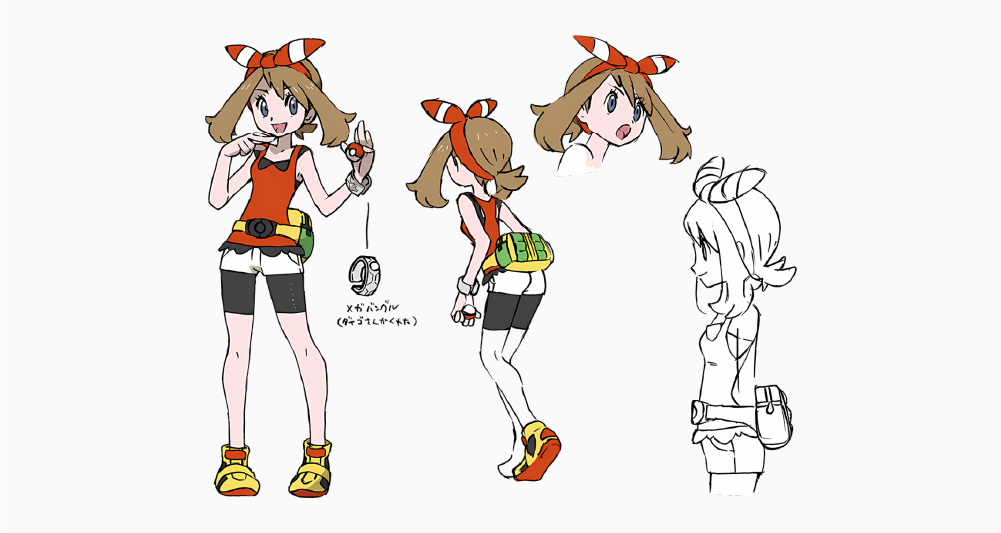Pokémon Part 02 – The Troubles of Localizing the Games
|
Font size:
Translating Japanese games for English-speaking gamers isn’t a new endeavour.
Some of today’s most significant, memorable and beloved adventures in gaming were once Japan-only titles. From the streamlined gameplay to the soaring orchestral soundtracks, Japan has set a standard by creating both familiar and unique worlds gamers clamour to purchase. Pokémon is no exception, amassing over 440 million copies sold globally. These pocket monsters have crawled their way into the hearts and pockets of many fans.
When the Pokémon series began in 1996, people from America could only learn about the newly released franchise from the crumpled pages of videogame magazines. A lot has changed since then. With the games becoming global sensations, and the top gaming franchise of all time (quickly amassing over $90 billion), it stood the test of time. Game boy players gradually evolved into Switch owners, and 150 Pokémon became over 900!
If you haven’t read Part 01 – check it out!
The following blog examines the methods used and work performed by translators and Nintendo’s role in localizing for their foreign markets.
The first part of this blog will look at how Nintendo handles its localization process, including issues relating to game translation and cultural language differences between Europe and the Americas. The second part of the blog will investigate the challenges faced by fan translators in translating from Japanese into English and how most never even get close to completion.

Pokémon had difficulty with localization
| POKEMON GAME NAME | JAPAN RELEASE | AMERICAN RELEASE | EUROPEAN RELEASE | DAYS JP-NA | DAYS NA-EU |
|---|---|---|---|---|---|
| POKÉMON GOLD & SILVER | (21/11/1999) | (15/10/2000) | (06/04/2001) | 329 | 173 |
| POKÉMON CRYSTAL | (14/12/2000) | (30/07/2001) | (31/10/2001) | 228 | 93 |
| POKÉMON RUBY & SAPPHIRE | (21/11/2003) | (19/03/2003) | (25/07/2003) | 247 | 128 |
| POKÉMON EMERALD | (16/09/2004) | (01/05/2005) | (21/10/2005) | 138 | 173 |
| POKÉMON DIAMOND & PEARL | (28/09/2006) | (22/04/2007) | (27/07/2007) | 206 | 96 |
| POKÉMON PLATINUM | (13/09/2008) | (22/03/2009) | (22/05/2009) | 190 | 61 |
| POKÉMON BLACK & WHITE | (18/09/2010) | (06/03/2011) | (04/03/2011) | 169 | -2 |
| POKÉMON BLACK 2 & WHITE 2 | (23/06/2012) | (07/10/2012) | (12/10/2012) | 111 | 5 |
| POKÉMON X AND Y | (12/10/2013) | (12/10/2013) | (12/10/2013) | 0 | 0 |
| POKÉMON SUN & MOON | (18/11/2016) | (18/11/2016) | (23/11/2016) | 0 | 5 |
| POKÉMON ULTRA SUN & ULTRA MOON | (17/11/2017) | (17/11/2017) | (17/11/2017) | 0 | 0 |
| POKÉMON SWORD AND SHIELD | (15/11/2019) | (15/11/2019) | (15/11/2019) | 0 | 0 |
| POKÉMON SCARLET & VIOLET | (18/11/2022) | (18/11/2022) | (18/11/2022) | 0 | 0 |

Importing games and the addition of more languages

Pokémon and its localization issues
China
South America
| English | Latin America | Meaning | European Spanish | Meaning |
|---|---|---|---|---|
| Tackle | Tacleada | Tackled | Placaje | Tackle |
| Tail Whip | Golpe de cola | Tail Stroke | Látigo | Whip |
| String Shot | Disparo de seda | Silk Shot | Disparo Demora | Delay Shot |
| Close Combat | Combate cercano | Close Combat | A Bocajarro | Point-blank |
| Play Rough | Juego rudo | Rough Play | Carantoña | Play Rough |
| False Swipe | Golpe falso | Fake Hit | Falso Tortazo | False Punch |
| Pound | Golpe | Blow | Destructor | Destroyer |
| Poison Jab | Golpe venenoso | Poisonous Blow | Puya Nociva | Harmful Point |
| Gust | Ráfaga | Gust | Tornado | Tornado |
Canadian French





